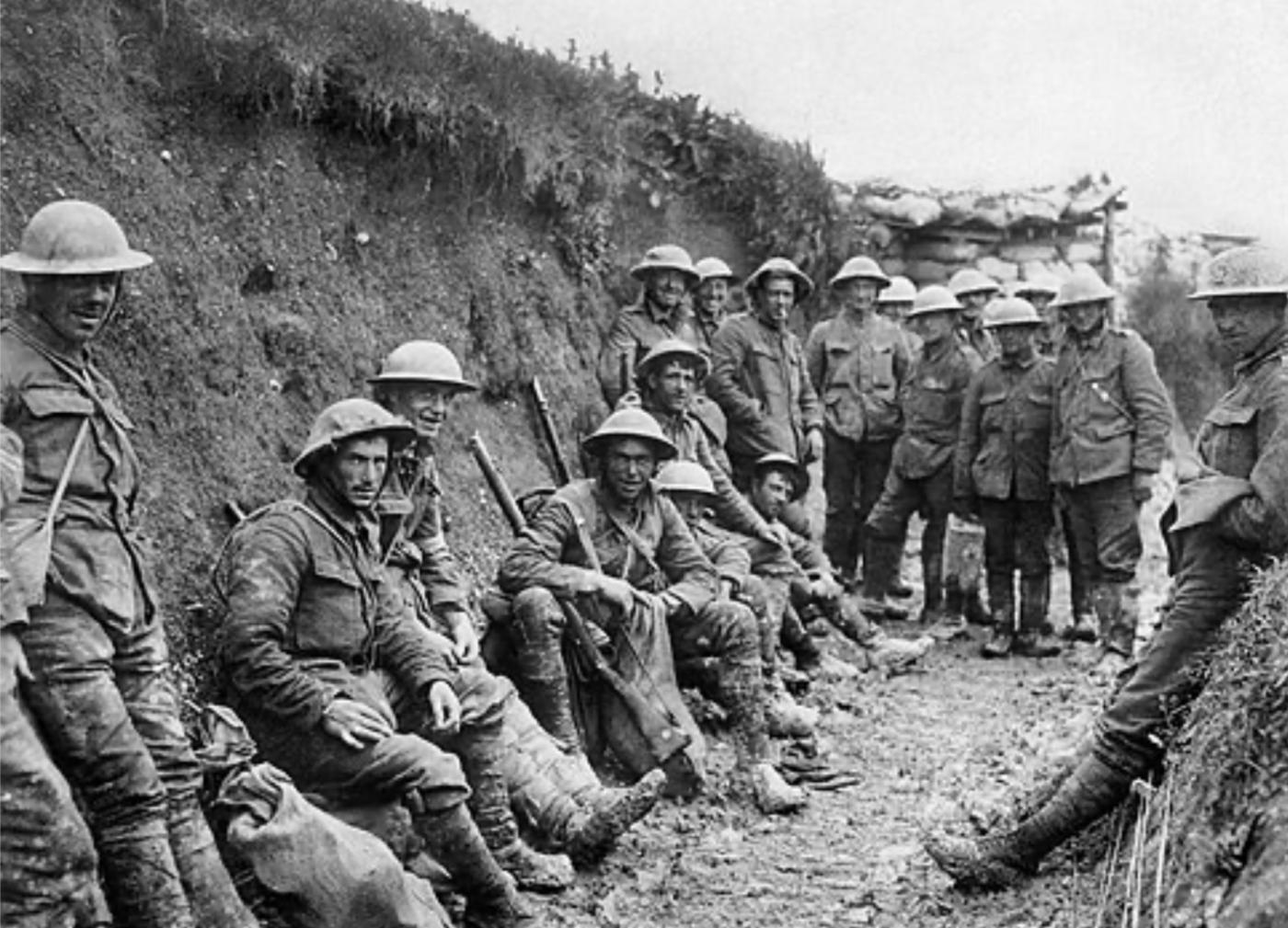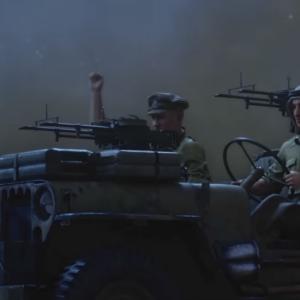
On this day in military history…
The Battle of the Somme, fought between July 1 and November 18, 1916, was one of the largest and most devastating battles of the First World War. It occurred along a 15-mile front near the River Somme in northern France and involved mainly British and French forces against the German Empire. The battle was originally conceived as a joint offensive by the Allies to break the stalemate on the Western Front and inflict a decisive defeat on the German Army. However, the dynamics of the war altered the plan. When the Germans launched a massive assault on the French at Verdun in early 1916, French resources were redirected to defend that front, leaving the British Expeditionary Force, under General Sir Douglas Haig, to lead the majority of the operation at the Somme.
The British, having raised large numbers of troops through Kitchener’s volunteer army, were eager to launch a major offensive. Preparations included a week-long artillery bombardment starting on June 24, 1916. Over 1.5 million shells were fired in an attempt to destroy German trenches, cut barbed wire, and clear the way for infantry. British commanders believed this would obliterate enemy resistance and allow soldiers to walk across No Man’s Land with little opposition. However, this assessment proved tragically optimistic. German forces had constructed deep and heavily fortified dugouts that withstood the artillery, and much of the barbed wire remained intact.
The infantry assault commenced at 7:30 a.m. on July 1, 1916. The results were catastrophic, particularly for the British, who suffered over 57,000 casualties on the first day alone, including more than 19,000 dead. This marked the bloodiest single day in British military history. Troops advancing across open ground were met with relentless machine gun fire from German positions that had survived the bombardment. While the French army made more progress in the southern sector due to better coordination and more effective artillery, most British objectives were not achieved. Only a few gains, such as the villages of Montauban and Mametz, were secured.
In the weeks that followed, the battle became one of attrition. Commanders sought to wear down the enemy rather than achieve a dramatic breakthrough. Numerous offensives were launched throughout the summer and into the fall, with limited territorial gains achieved at a terrible cost. Key engagements included the Battle of Bazentin Ridge on July 14, where British troops managed a rare success by launching a surprise night attack, and prolonged fighting in Delville Wood and High Wood, which resulted in high casualties for minimal strategic gain. In September, during the Battle of Flers-Courcelette, tanks were used in battle for the first time. Although these early models were slow and unreliable, their psychological impact on German troops was significant and hinted at the future of mechanized warfare.
As the battle dragged on, both sides experienced extreme hardship. Soldiers faced appalling conditions, including constant shellfire, deep mud, lack of sleep, and the ever-present threat of death. Trench foot, lice infestations, and psychological trauma were rampant. Despite the limited success of tactics like the creeping barrage, overall coordination between artillery and infantry remained poor, and many attacks failed to capitalize on potential breakthroughs. Haig and other senior officers continued to push for more attacks in the hope of exhausting the German army, believing the pressure was weakening enemy morale and reducing their capacity to fight.
By the time the offensive was finally called off in mid-November due to worsening weather, the Allies had advanced only about seven to ten miles at most along the entire front. The total casualties were staggering. British losses exceeded 420,000, French casualties were approximately 200,000, and German casualties are estimated to have reached between 450,000 and 500,000. These figures reflect the horrific scale of the fighting and the limited strategic gains achieved.
Although the battle did not result in a decisive breakthrough, it had several significant effects. It succeeded in relieving pressure on the French at Verdun, forcing the Germans to divert men and resources. It also weakened the German army in ways that became more apparent in the years that followed, contributing to manpower shortages and lowered morale. The battle introduced new elements of warfare, such as tanks and more coordinated artillery tactics, that would be developed further in the final years of the war.
The Battle of the Somme remains one of the most studied and controversial battles in military history. Critics of British command, especially of General Haig, argue that repeated frontal assaults demonstrated a failure to adapt to modern warfare and led to unnecessary loss of life. Others contend that the lessons learned at the Somme were crucial for eventual Allied victory and that the experience gained by soldiers and officers shaped more successful operations in 1917 and 1918. For Britain, the battle left a deep cultural and emotional impact. Many of the volunteer "Pals Battalions," composed of men from the same communities, were wiped out in single days of fighting. The sense of national trauma was profound and enduring, captured in the poetry, literature, and collective memory of a generation.
In conclusion, the Battle of the Somme stands as a tragic symbol of the First World War’s brutality and the enormous human cost of industrial-scale warfare. While it achieved some military objectives and contributed to the gradual wearing down of the German army, it came at a staggering price. Its legacy is a complex mixture of military innovation, strategic failure, and profound human suffering, and it continues to serve as a powerful reminder of the consequences of modern war.










